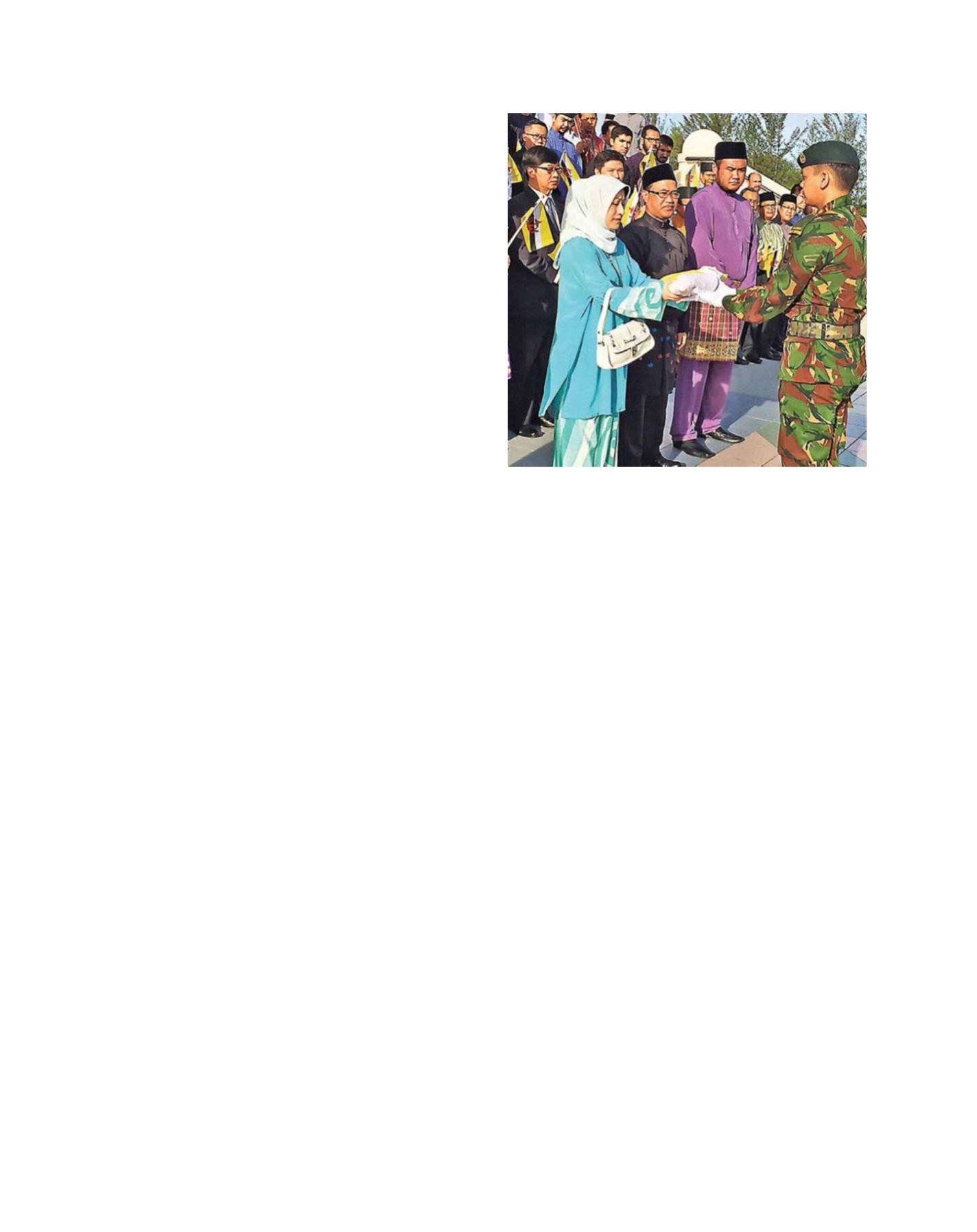

[
] 87
resources for achieving gender equality and empowerment
in a rather remarkable compatible manner. The traditional
resources in question, in the shape of ideas, values and moral
precepts, are primarily furnished by religion, especially its
revealed law (Sharia), and indigenous cultural traditions and
customary practices popularly known as
adat
. As for modern
resources, these are mainly provided by modern education,
both secular and religious, and modern legal reform, again
both secular and religious.
The historical encounter between Islamic law and pre-
Islamic local customs that lasted centuries resulted in
an evolving interrelationship between these two tradi-
tional sources of law and social ethics in which harmony
and compatibility eventually prevailed over tension and
conflict. In this newly prevailing cultural order the Sharia
largely takes precedence over
adat
. However in a few
notable cases
adat
overrides the Sharia. Such is the case
with the well-known
Adat Perpatih
on issues of inheritance
which is practised in Negeri Sembilan, one of the 14 states
forming the Malaysian Federation, and in Minangkabau
in the Indonesian island of Sumatera. While the Sharia
seems to provide greater inheritance rights to males the
Adat Perpatih
favours females, which may be seen as a kind
of socioeconomic empowerment. Notwithstanding this
anomaly and a few controversial issues like the practice
of female circumcision, there has largely been harmony
between tradition and modernity, and within tradition
itself between religion and
adat
. The religion of Islam is
widely viewed in the region as pro female empowerment.
The following examples provide a good glimpse of the kind
of empowerment Malay-Muslim females have enjoyed,
especially in the last 50 years.
Modern education
The Malay-Muslim concern with modern education in
the region was noticeable as early as the beginning of the
twentieth century. The concern became widespread due
to two main factors. The first factor was the educational
needs of the colonial economy, and the second was the
democratization of religious education under the impact of
the modern Muslim reformist movement that swept much
of the Muslim world in the early twentieth century. The
first factor resulted in the gradual development of schools
of all levels to cater to the needs of Western-style secular
education and colonial manpower. The medium of instruc-
tion in these secular schools was either native Malay or the
language of the colonial ruler in question. In Indonesia the
European language was Dutch, while in Brunei Darussalam,
Peninsular Malaysia (Malaya) and Singapore it was English.
The second factor resulted in the modernization of reli-
gious education, especially in terms of teaching curricula
and the incorporation of modern academic subjects. In
religious schools throughout the region, the medium of
instruction was either Malay or Arabic or both. Although
during the colonial period enrolment of girl students in
both co-educational and all-girls schools could already
be seen in the decades prior to the Second World War, it
was only in the post-war years that more serious attention
was given to female education from primary to university
levels. In Malaya, the first all-girls boarding secondary
school, Tunku Kurshiah College, was established in 1947
while its male equivalent, the prestigious Malay College
Kuala Kangsar was built more than four decades earlier
in 1905. Malaya and Singapore only had their first univer-
sity in 1949 when the University of Malaya was established
in Singapore. Indonesia, however, had a longer track
record in tertiary education. The National University of
Indonesia, the first in the country, was established in 1849.
The Bandung Institute of Technology was also established
before the Second World War (1920). Among the best well-
known modern schools, colleges and universities in Islamic
studies built during the latter part of the colonial period
was the Islamic University of Indonesia, founded in 1945
in Yogyakarta, and the Islamic College in Klang established
in 1955. In Brunei Darussalam, His Late Majesty Al-Sultan
Sir Hj Omar ’Ali Saifuddien established an all-girls Arabic
religious secondary school in 1966 when the country was
not yet independent. All these early high schools and
universities enabled the enrolment of the earliest groups
of female students in high schools and universities in the
three countries.
However, it was upon national independence that greater
opportunities were open to girls to obtain education at all
levels. This democratization of education paved the way
for female empowerment that has witnessed remarkable
progress especially since the 1980s. This decade marks the
beginning of a new trend in education in which female
students outperformed male students. It is now a phenom-
enon in the region to see female students accounting for
as high as two-thirds of the total intake in universities and
colleges due to the better academic performance of girls in
upper-secondary school or pre-university examinations. It
is also a significant change to see female university students
Datin Dr Hjh Anita Binurul Zahrina binti POKLWDSS Hj Awang Abdul Aziz, the
first woman vice-chancellor of Universiti Brunei Darussalam, at a flag-raising
ceremony during Brunei National Day
Image: mediapermata.com.bn
G
ender
E
quality
and
W
omen
’
s
E
mpowerment
















